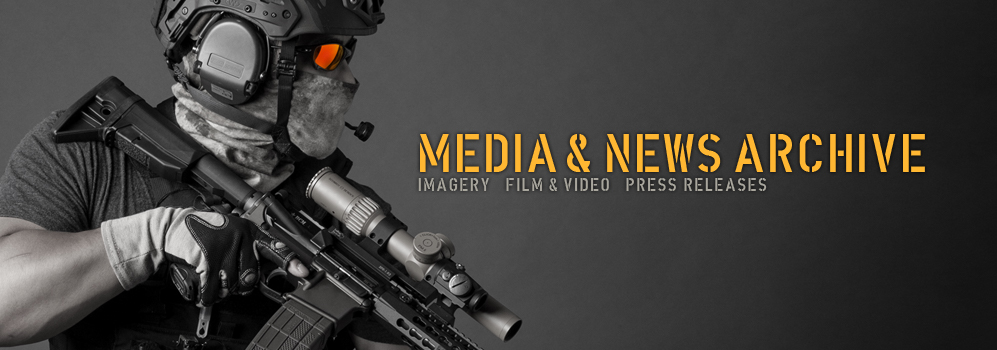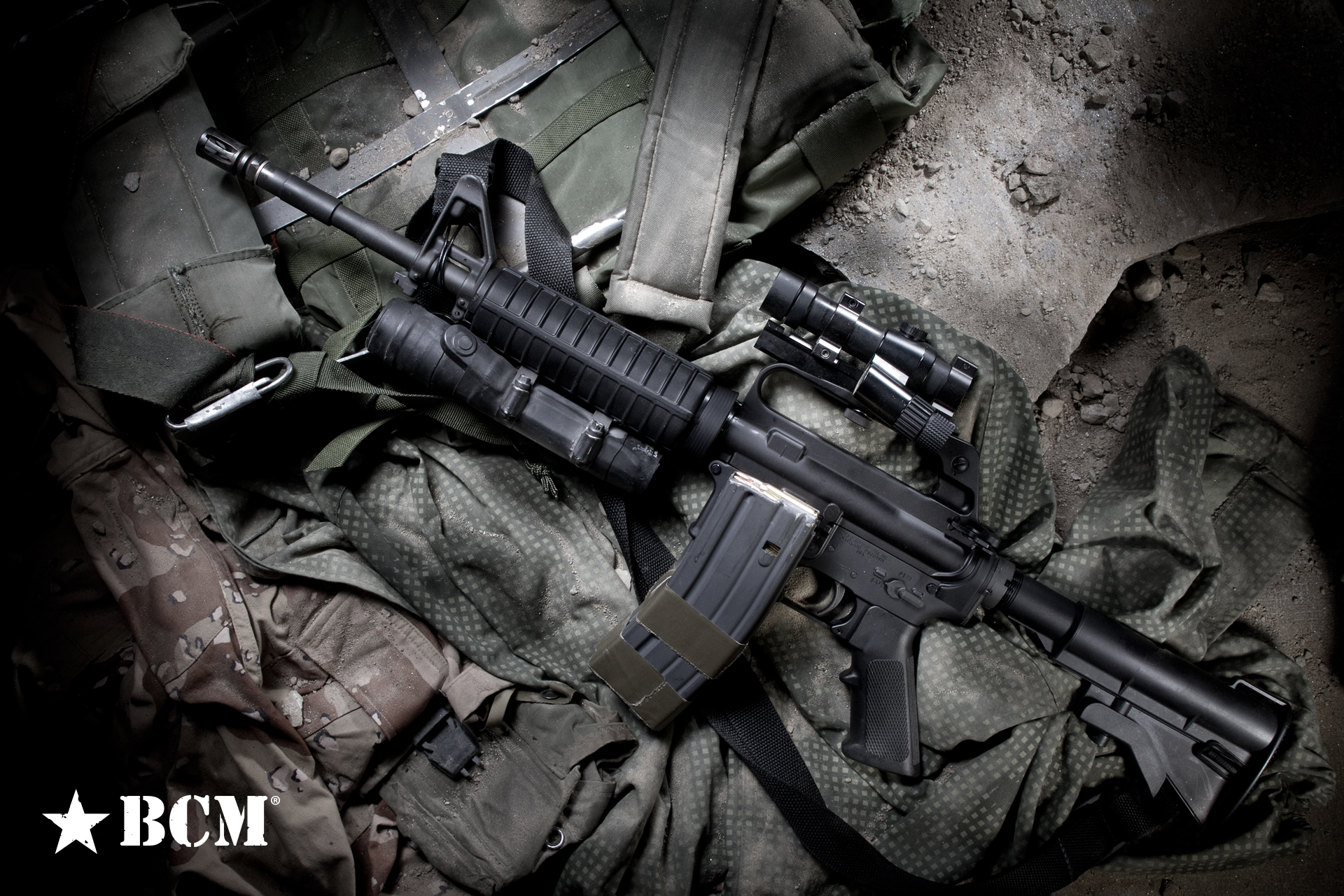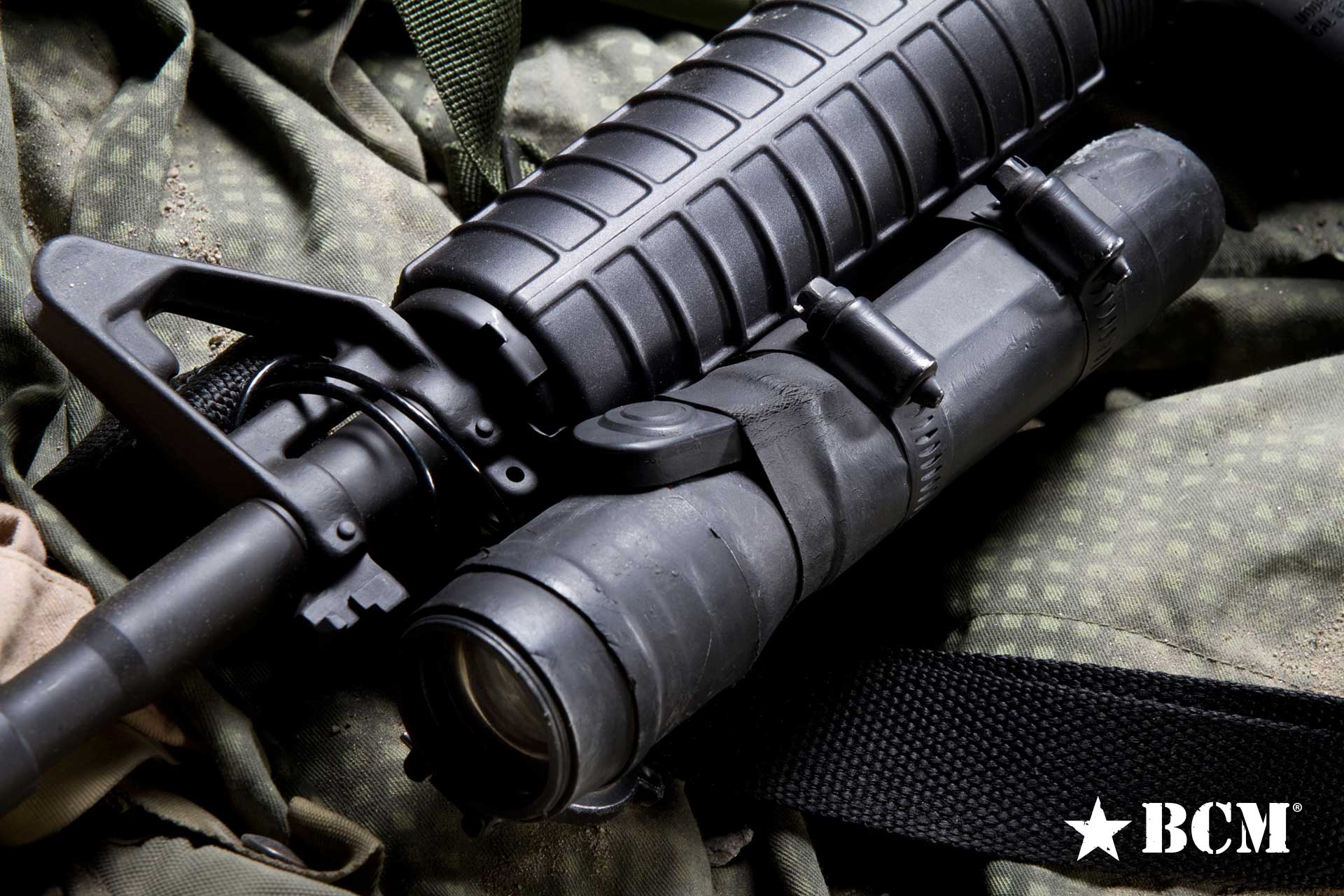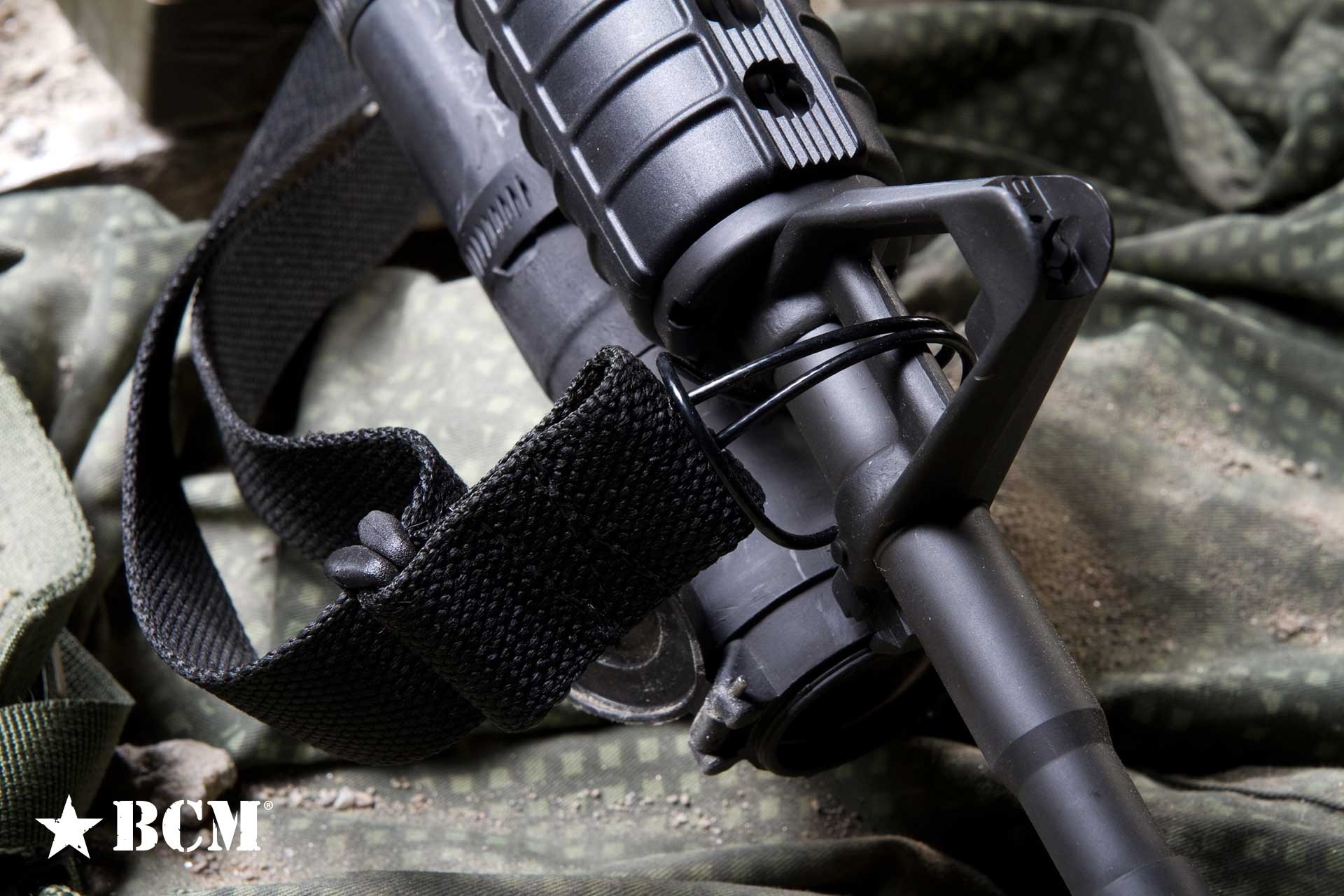When I checked into the Operator Training Course (OTC) at 1st SFOD-Delta in late 1988, I was issued a brand new, straight from Colt, base carbine. The official Colt designation was Model 723, but we simply referred to those carbines as CAR-15s. To be honest, I was initially very unimpressed.
In OTC, we completed a basic rifle marksmanship class with accurized M14s and after shooting those guns, with excellent triggers, the Mil-Spec trigger on my CAR-15 was terrible. I also distinctly remember only one failure-to-feed malfunction in OTC with my CAR-15; but after that, I honestly do not remember a single stoppage the entire time I used that weapon. Colt was building some of the best carbines in their history at that time and mine was a prime example. It was an excellent small-arm that performed for me its entire service life.
This CAR-15 was the first individual weapon I had ever used with a red dot sight; in this case an Aimpoint 2000. Experience with it made me realize that target engagements with a red dot optic vs iron sights were much quicker and more accurate across the spectrum from daylight to low light. This started my relationship with Aimpoint that continues to this day. They are quite simply the best red dot optics, in my opinion.
In addition, a waterproof SCUBA dive flashlight painted black was installed underneath the bottom handguard via hose clamps, and then our commo guys wired the flashlight for push button activation. It worked well for the intended purposes but they were replaced in short order once Surefire 6P flashlights came online. 1988 was a long time before Surefire weapon lights hit the market and became the industry standard.
The buttstock was a standard two-position Colt retractable. Very lightweight for sure, but it had a sloppy fit to the buffer tube compared to later aftermarket stocks. Our armorers would mill a third buttstock position at the shooters preference once an Operator determined his correct length of pull while wearing body armor. This setup worked quite well, with my only real complaint being the previously mentioned sloppy fit of the buttstock to the buffer tube.
Last but not least, I used an easy to adjust two point sling on my CAR-15 and later my issued M4 carbine that, little did I know, would lead to some great things in the future. I would use my knowledge and experience gained with that sling and combine it with Ashley Burnsed’s commitment to quality to make the Blue Force Gear – Vickers Combat Applications Sling; a sling that has now been sold in the thousands to our military as well as LE and civilian shooters and was recently adopted as the preferred M4, M27 IAR and M16 sling by the US Marine Corps.
It all started for me, with that original CAR-15 I used during my time in Delta Force.
SCUD HUNTING
SCUD hunting wasn’t a mission we anticipated – regardless, our Squadron was prepared for it. The Squadron Commander, a forward thinking Vietnam MAC-V SOG Recon Team vet with extensive combat experience, had “read the tea leaves” months earlier and instituted a refined Desert Mobility Skills Package that would be a critical “tool in the toolbox” for us in this mission.
Based on his experiences in Vietnam, the commander of Coalition forces, General Schwarzkopf, was not a fan of SOF (Special Operations Forces). He was, however, very pro-Delta Force. The Unit had been providing security for him during the buildup to Desert Storm and Schwarzkopf developed a great working relationship with the guys who worked for him.
When Desert Shield became Desert Storm, Iraqi SCUDs immediately began hitting targets inside Israel with the goal of bringing Israel into the war, fragmenting Coalition forces. The Coalition included several Middle Eastern nations who were steadfastly opposed to Israel’s existence and might disengage from the war effort, rather than fight “alongside” Israeli troops.
Coalition or not, the Israelis were not going to let Saddam attack their country with impunity. Aircraft were standing by to cross the border into Iraq, when the National Command Authority delivered an assurance to the Israeli government – the US had finally deployed its most elite troops to locate and destroy the SCUD TELs.
With our Advanced Desert Mobility Skill Sets fresh and in place, our Squadron was first to go.
Delta deployed far behind enemy lines, watching the main routes of travel that the Iraqis were using to launch SCUDs from. Once identified, airstrikes would be called in to eliminate the TELs. Our tactics had immediate and positive results. The accuracy of the SCUD missiles dropped dramatically, as the Iraqi SCUD crews rushed through proper set up and missile targeting to avoid being killed by US aircraft. In the end, Israel stayed out of the war and Kuwait was liberated from Iraqi occupation.
This remains the most memorable time of my life and is precisely why I joined the Delta Force. Shortly before, I had been involved in the rescue of Kurt Muse from the Carcelo Modelo Prison in Panama City. From the deserts of Iraq to the jungles of Panama, this was the right place at the right time in history.
Up until this point, the military was largely using variants of the M16 full-size rifle and SOF was using H&K MP5s. The first organization that thought outside of that box and used a weapon that bridged the gap between sub guns and rifles, was Delta Force. The customized CAR-15s issued by Delta became the main drivers for the modification/customization capability available on all M4 Carbines issued today.
The issue CAR-15 (Colt Model 723) served me well in Panama and Iraq, but everyone on the ground in Delta quickly came to the same conclusion. We essentially had a 200 meter carbine in terrain where we could see the enemy approaching from over a mile away and to engage them effectively, we needed 7.62 NATO battle rifles. A limited number of M14s had been employed by our snipers, but we did not have enough to go around. In addition, while the platform is certainly reliable, bringing it up to modern standards still remains a challenge. In the early 1990’s, when no aftermarket accessories where available, it was a time-intensive process that few armorers were capable of. Since then, there has been a resurgence in both improved M14 parts and accessories, as well as battle rifles in general. This resurgence can be directly traced back to SOF battle rifle use in Desert Storm.
SOF in general has been a catalyst for improving and reinventing things that were set in stone. SOF legend Major Richard Meadows, the man I consider to be the first Delta Operator, was involved with not only MACV SOG but was a team leader on the Son Tay Prison Raid, arguably one of the most influential SOF missions in history. Delta Force grew from that kind of outside-the-box thinking.
It was the Son Tay Raiders who first fielded a red dot sighted weapon system, and it was Delta who picked up the ball with Aimpoint sighted CAR-15s. Every Soldier, Sailor, Marine and Citizen who uses a tricked out M4 style carbine today owes a debt of gratitude to individuals like Major Meadows, the Son Tay raiders and the Operators of the Delta Force for pushing the limits of the AR style carbine into one the most successful fighting weapons in the history of the US Military.






